Essential Safety Guidelines for Flap Disc Grinding
Grinding with an angle grinder and flap disc is a common task in metalworking and fabrication, but it’s also one that carries significant risks if proper safety precautions are not followed. Prioritizing safety is paramount to prevent injuries.
Essential safety guidelines for flap disc grinding include always wearing appropriate personal protective equipment (PPE) such as eye protection, hearing protection, gloves, and respiratory protection, ensuring the flap disc is correctly mounted on the angle grinder, verifying the disc’s speed rating matches or exceeds the grinder’s RPM, maintaining a stable work area, and using the grinder with proper technique and control.
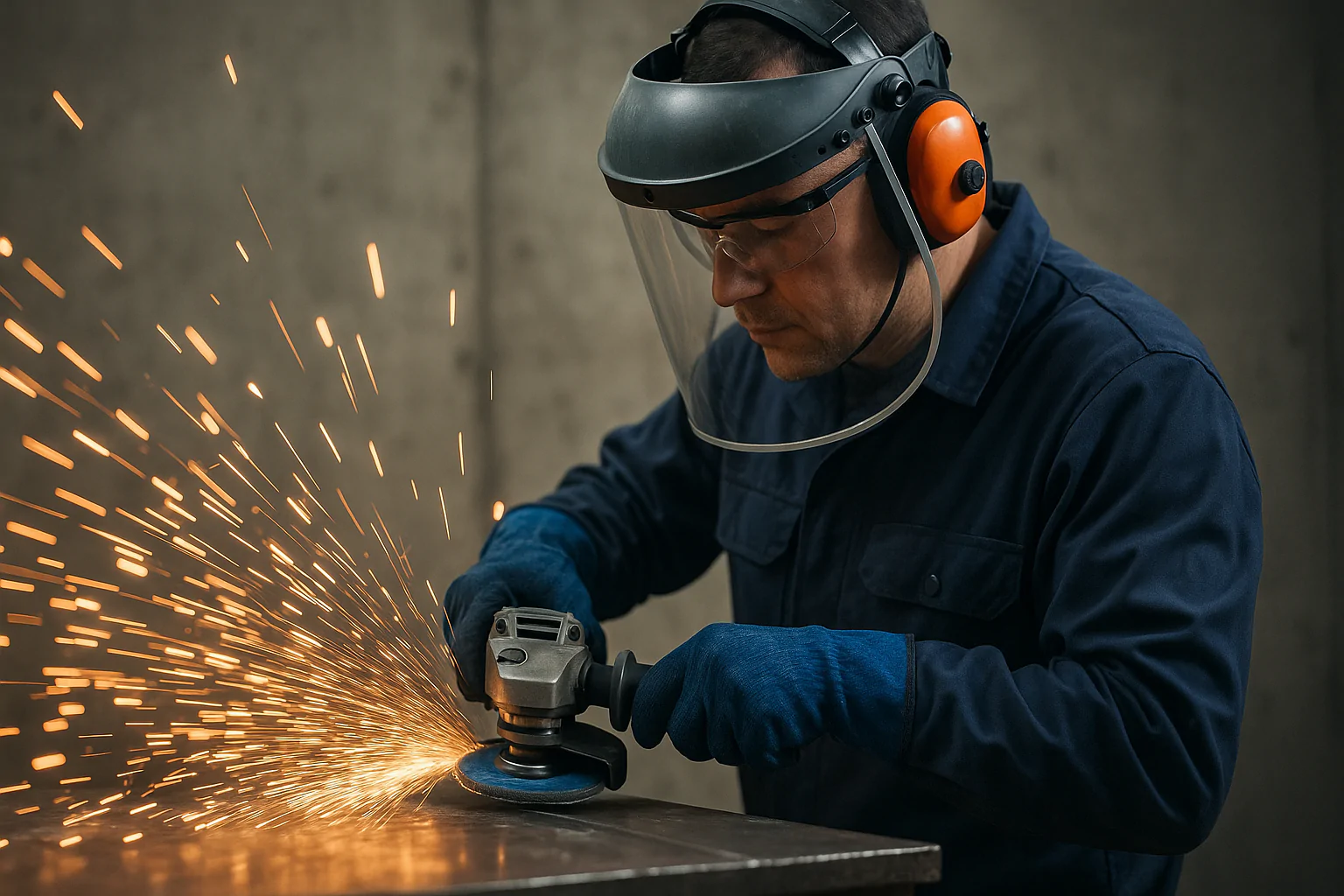
Always wear full PPE when grinding.
Following these guidelines helps minimize the risk of accidents, ensuring a safer working environment for everyone.
What are the safety guidelines for grinding?
Grinding involves high speeds and abrasive materials. What are the core safety guidelines everyone should follow when operating a grinder?
The core safety guidelines for grinding involve inspecting the abrasive disc for damage before use, ensuring it is compatible with the grinder’s size and speed, securely mounting the disc according to manufacturer instructions, using the correct guard for the application, maintaining a firm grip on the grinder, keeping workpieces stable, grinding away from your body, and being aware of sparks and debris, while also ensuring the work area is clear of flammable materials.

Be aware of and control grinding sparks.
Grinding safety starts before you even turn on the tool. Always inspect the flap disc (or any grinding wheel) for any signs of damage like cracks, chips, or excessive wear. A damaged disc can break apart at high speeds, causing serious injury. Make sure the arbor hole size of the disc matches the spindle size of your grinder and that the maximum RPM marked on the disc is equal to or greater than the maximum RPM of your angle grinder. Using a disc rated for a lower speed than the grinder’s maximum is extremely dangerous. When mounting the disc, follow the manufacturer’s instructions for your grinder, ensuring the backing flange and locking nut are used correctly and tightened securely – but not overtightened, which can also damage the disc. The grinder guard is a vital safety feature; never operate a grinder without the appropriate guard in place, positioned to deflect sparks and debris away from you. Maintain a firm grip on the grinder with both hands, keeping your body out of the line of fire of potential kickback. Secure your workpiece firmly so it cannot move during grinding. Always direct sparks away from yourself and others, and be mindful of flammable materials in the vicinity. Grinding creates a lot of dust and sparks; ensuring good ventilation or using dust collection is also important. Using high-quality, well-balanced abrasive products like those from NOVOGRIT can also contribute to safer operation by reducing vibration and the likelihood of disc failure.
What are the safety precautions when mounting a grinding wheel?
Properly mounting the abrasive disc is a critical step in ensuring safe grinding. What are the specific safety precautions to take during this process?
Safety precautions when mounting a grinding wheel or flap disc include unplugging or disconnecting the grinder from its power source before starting, inspecting the disc for damage, ensuring the arbor hole size matches the grinder spindle, using the correct inner and outer flanges, seating the disc properly on the inner flange, tightening the locking nut securely using the spanner wrench (without excessive force), and checking that the disc is seated flat and runs true before use.
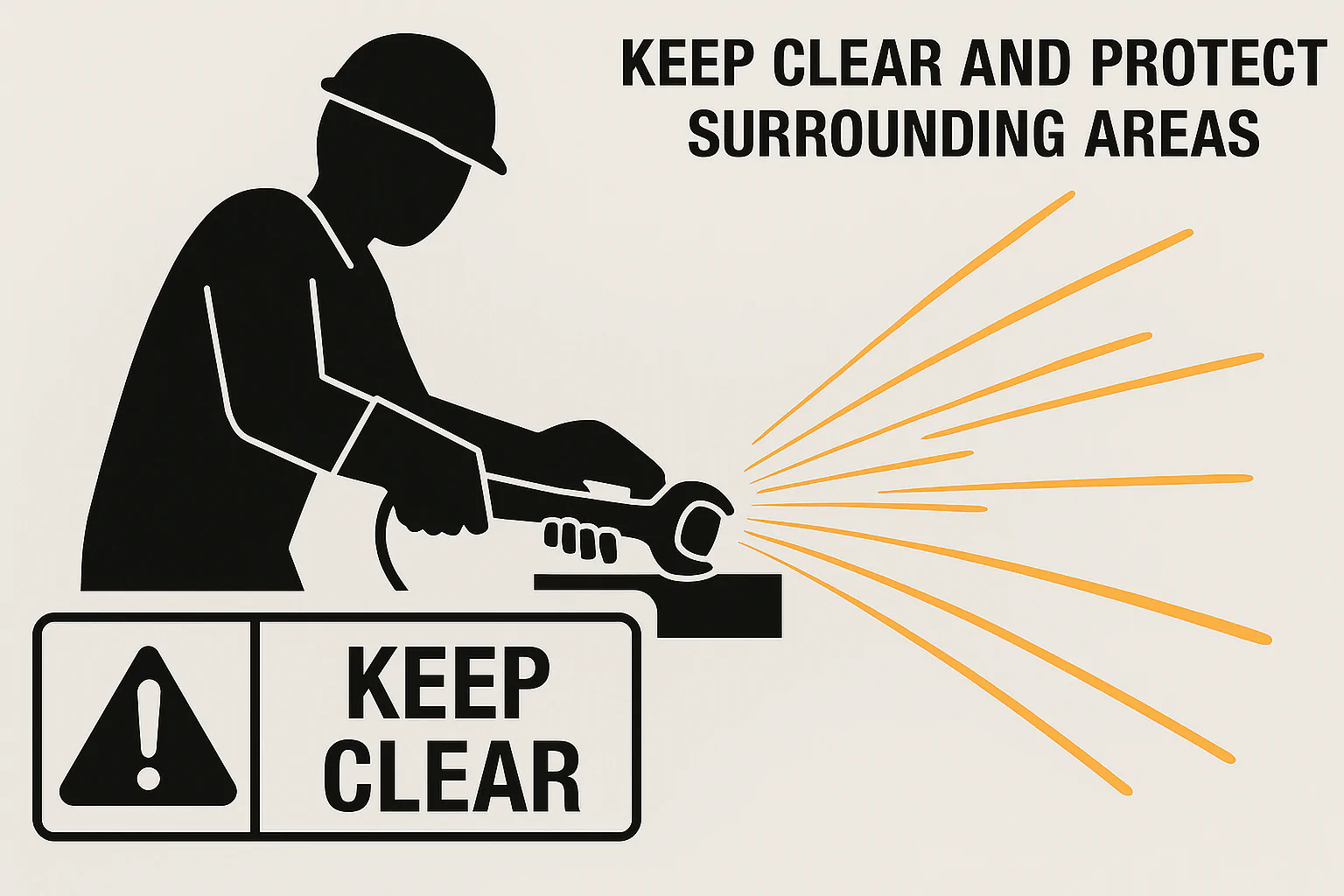
Properly tightening the locking nut when mounting a disc.
Before you even touch the disc or the grinder’s spindle, disconnect the power. Unplugging the grinder or removing the battery is non-negotiable. This prevents accidental startup while your hands are near the moving parts. Examine the disc carefully for any defects – cracks, chips, warpage. If you see anything suspicious, do not use the disc. Verify that the arbor hole size on the disc matches the spindle size of your grinder. A mismatch will prevent the disc from seating correctly and is very dangerous. Ensure you are using the correct flanges provided with your grinder. Grinding wheels and flap discs often require specific types of inner and outer flanges designed to properly support the disc. Place the inner flange on the spindle first, then slide the disc onto the spindle, ensuring it sits flat against the inner flange. Place the outer flange over the disc and onto the spindle. Finally, use the locking nut and the spanner wrench (or push-button spindle lock on some grinders) to tighten the nut. It needs to be snug enough to hold the disc firmly without slipping, but do not overtighten it. Excessive force can damage the disc or the grinder. After mounting, briefly spin the disc by hand to check that it is seated correctly and spins without wobbling. Some users perform a "ring test" on traditional grinding wheels (tapping the wheel gently to hear a clear ring, indicating no cracks), though this is less applicable to flexible flap discs. High-quality discs with consistent arbor hole sizes, like those produced by NOVOGRIT, make proper mounting easier and more reliable.
What kind of safety equipment should be used when operating a grinding wheel?
Using the correct personal protective equipment (PPE) is fundamental to safe grinding. What specific safety gear is necessary?
When operating a grinding wheel or flap disc, essential safety equipment includes ANSI-approved safety glasses worn at all times, a face shield for additional protection against sparks and debris, hearing protection (earplugs or earmuffs) to prevent noise-induced hearing loss, heavy-duty work gloves to protect hands from sparks and cuts, and appropriate respiratory protection (dust mask or respirator) to avoid inhaling abrasive and workpiece particles.
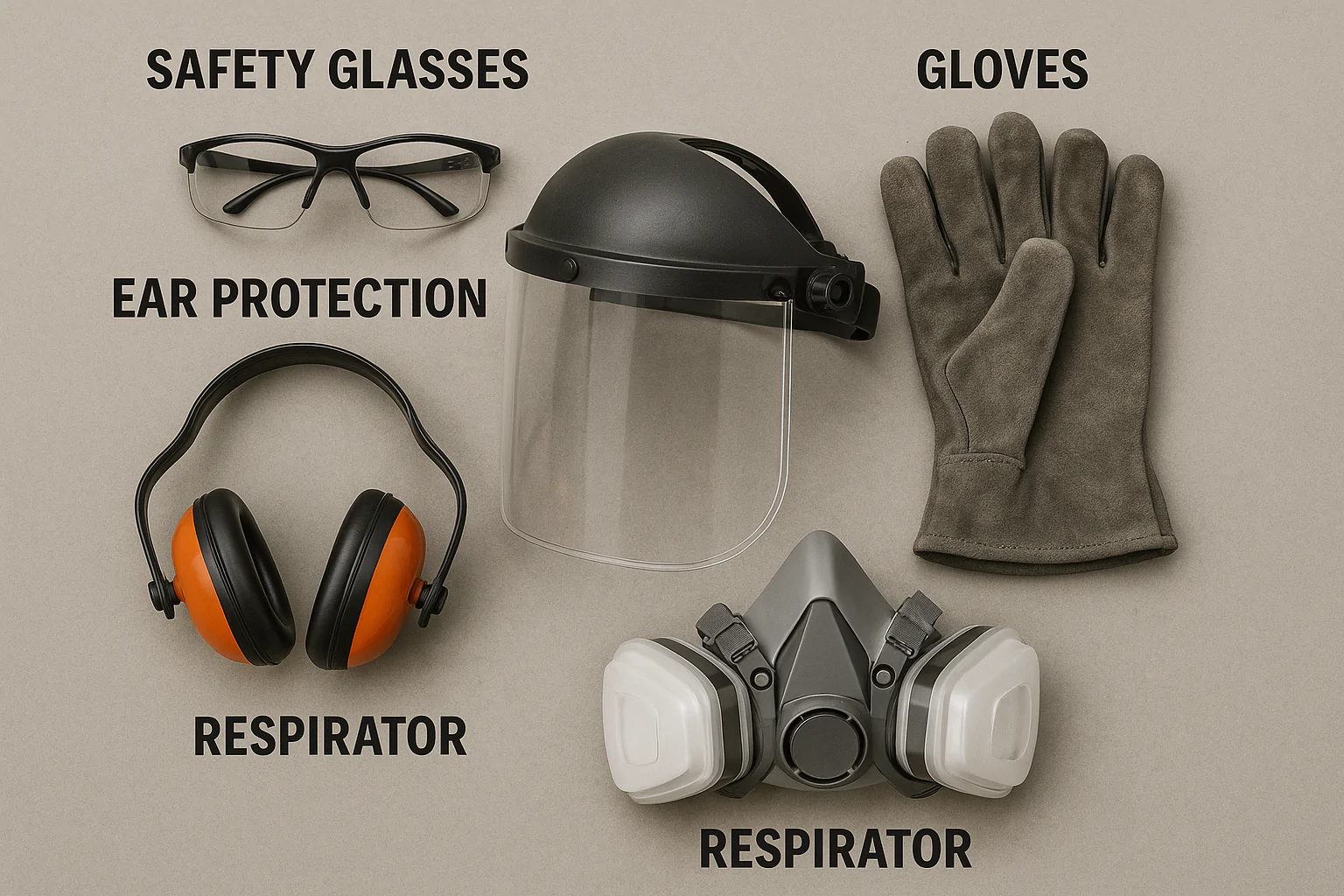
Essential PPE for safe grinding operations.
Grinding produces hazards including high-speed projectiles (sparks, metal fragments, abrasive particles), intense noise, and fine dust. Protecting yourself from these is critical. Eye protection is non-negotiable. Always wear ANSI Z87.1-approved safety glasses underneath a face shield. The safety glasses protect your eyes from particles that might get around the edges of the face shield, and the face shield protects your entire face from the stream of sparks and larger debris. Grinders are loud; prolonged exposure to the noise can cause permanent hearing damage. Wear earplugs or earmuffs to protect your hearing. Hands are close to the grinding action and vulnerable to sparks, heat, and potential cuts. Wear heavy-duty work gloves made from leather or other durable materials. Grinding creates fine dust containing particles of the abrasive, the workpiece material (metal, paint, etc.), and the disc’s bond. Inhaling this dust can cause respiratory problems. Wear a dust mask or, preferably, a respirator appropriate for fine particulate matter, especially when grinding for extended periods or in enclosed spaces. Additionally, wear long pants and long-sleeved shirts made from non-flammable materials to protect your skin from sparks. Avoid loose clothing or jewelry that could get caught in the spinning wheel. Your safety gear is your last line of defense; always use it diligently.
Conclusion
Safe flap disc grinding relies on inspecting and correctly mounting the disc, matching its speed to the grinder, using the appropriate guard, maintaining proper technique and a stable workpiece, and crucially, always wearing full personal protective equipment including eye, face, hearing, hand, and respiratory protection. Adhering to these steps minimizes risk.
You may also be interested in:

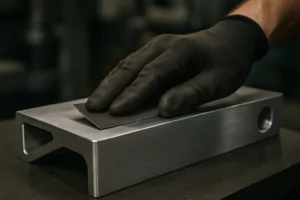
Best Sandpaper for Aluminum: NOVOGRIT's Guide to Flawless Finishes
What is the Best Type of Sandpaper to Use on Aluminum? Do you find yourself frustrated by sandpaper that gums up instantly when you try to smooth aluminum? It is
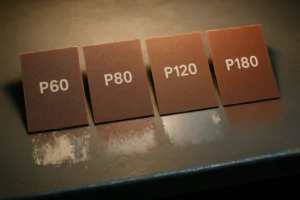
Best Sandpaper for Paint Removal: Grits, Types, & Tips | NOVOGRIT
What is the Best Sandpaper for Removing Paint? Are you tired of staring at chipped, peeling paint on your furniture, walls, or even your car? It’s a common problem, and
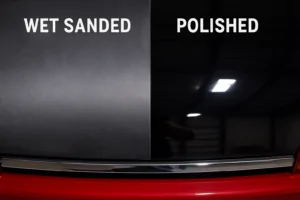
Automotive Wet Sanding: Supplies, Liquids & Best Sandpaper
Automotive Wet Sanding Supplies: What Do You Really Need? Wet sanding is a crucial technique in automotive refinishing, used to achieve a flawlessly smooth surface before painting or polishing. Unlike
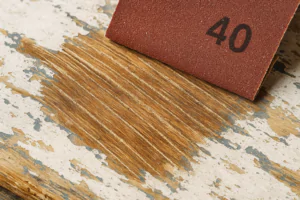
Best Sandpaper for Paint Removal & Grit Guide
What Is the Best Sandpaper for Removing Paint? Removing old paint can be a tedious job, but using the right sandpaper makes all the difference. It’s not just about grit;
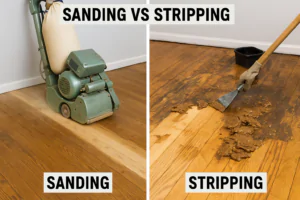
Hardwood Floor Sanding: Screen vs. Sandpaper & Best Practices
Sanding Screen vs. Sandpaper for Hardwood Floors: Which is Best? When you’re tackling hardwood floor projects, choosing the right abrasive is crucial for achieving a smooth, professional finish. Both sanding
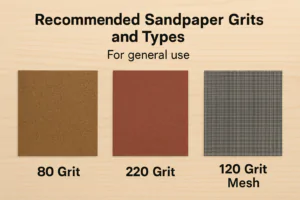
Paper Backing vs. Mesh Sanding Discs: Which Abrasive to Choose?
Paper Back vs. Mesh Sanding Discs: Which One Should You Pick? Choosing the right sanding disc backing can significantly impact your project’s efficiency and finish quality. Paper-backed discs are a
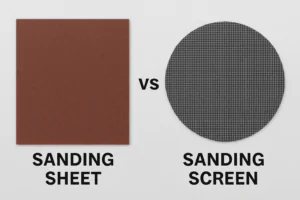
Sanding Mesh vs Paper: Which is More Economical and Better?
Is Sanding Mesh More Economical Than Sandpaper? Comparing Abrasive Costs When stocking up on abrasives, cost is always a factor. Paper sandpaper has traditionally been the standard, but newer mesh
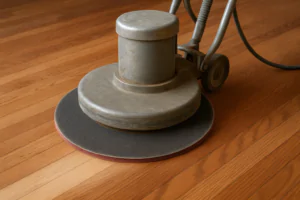
Sanding Nets & Screens Use Cases: When to Choose Mesh Abrasives
Sanding Nets and Screens: What Are Their Best Use Cases? When you encounter sanding nets or screens, you might wonder where they fit into your sanding projects. Unlike traditional solid-backed
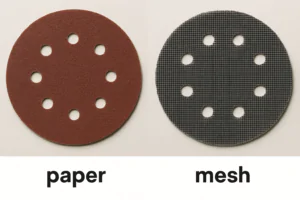
Paper vs. Mesh Sanding Discs: Which Abrasive to Choose?
Paper vs. Mesh Sanding Discs: Which Should You Buy? Choosing the right abrasive disc is essential for efficient and effective sanding. Two primary types dominate the market: traditional paper-backed discs
